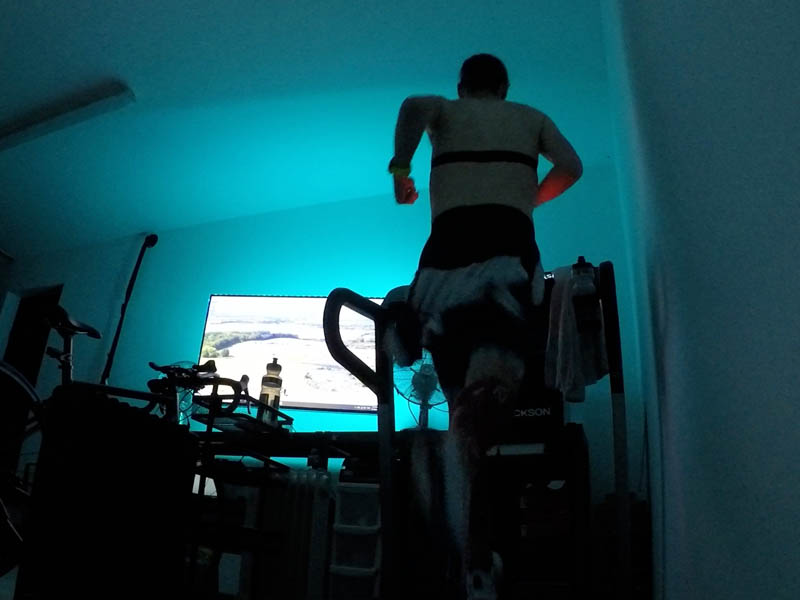How Brands Can Conquer Connected Fitness
Lee Twycross, Senior Industrial Design Manager
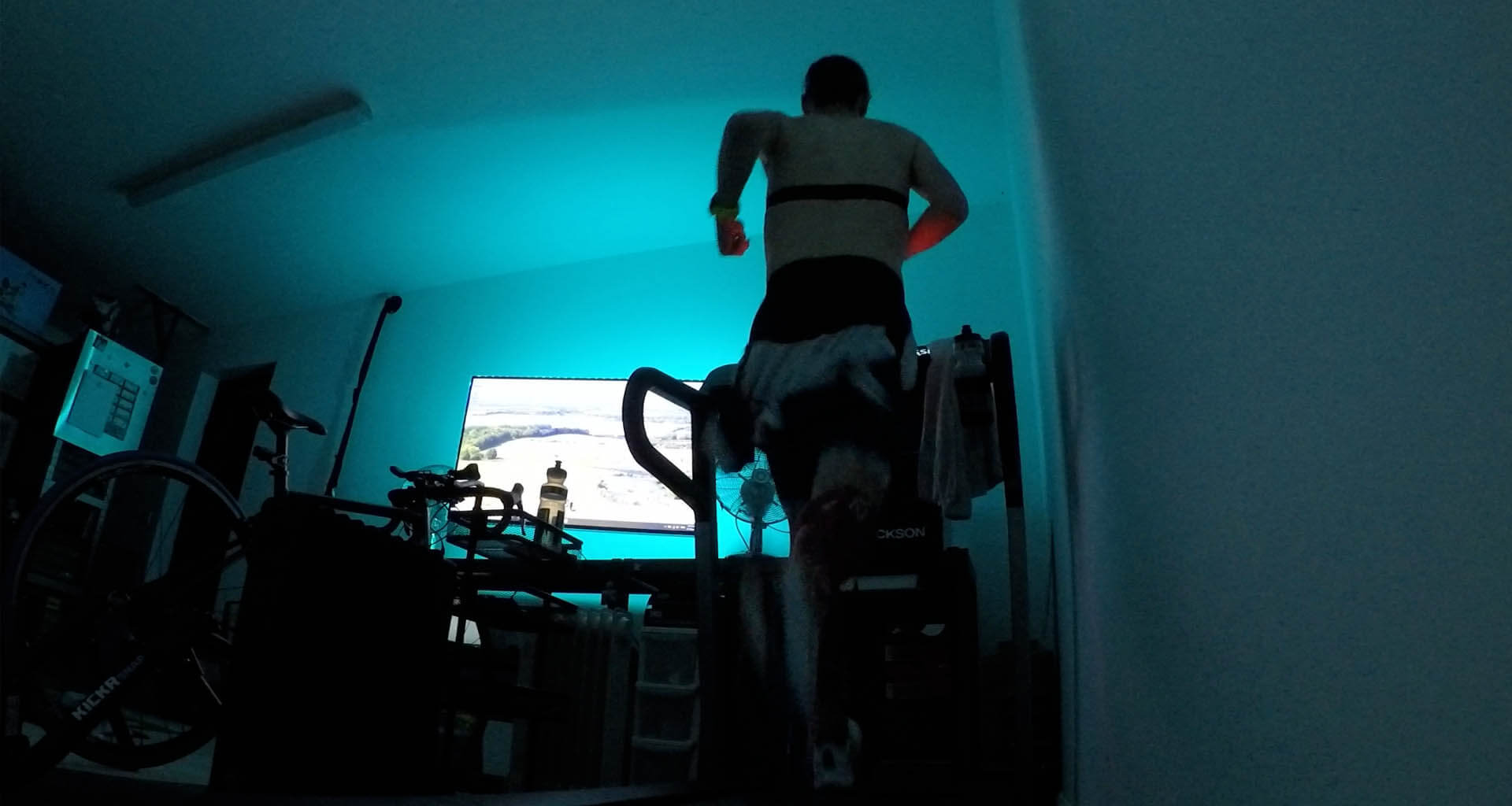
Strategic Insight - Design for Connected Wellness
The world is on a health kick. This is not just another fitness fad; this is a connected fitness revolution.
The global events of the last 12 months have seen a 33% increase1 in active consumers of all abilities take a more positive approach to their wellbeing. Whether it is a simple walk around the local park, taking on the challenge of a couch to 5K, or something a little more extreme, such as scaling the height of Mount Everest using just the stairs, Covid has motivated us to move more and due to the social restrictions of the virus, we have chosen to connect with the digital fitness community for moral support.
This upward trend did not go unnoticed, as brands clambered to adapt their services and products to suit the sudden shift to the home space, existing virtual streaming services, such as Peloton and Zwift, were way ahead and have fully embraced their head start by introducing platform innovations and competitive pricing strategies. These relative newcomers to the health and fitness market welcomed the sudden influx of new users with open virtual arms and are reaping the financial benefits. In the financial fourth quarter of 2020, Peloton saw a 172% surge in sales2 (24% over previous predictions) and Zwift welcomed nearly a million more virtual riders to its virtual cycling worlds, and according to financial forecasts, this trend this does not appear to be changing anytime soon.
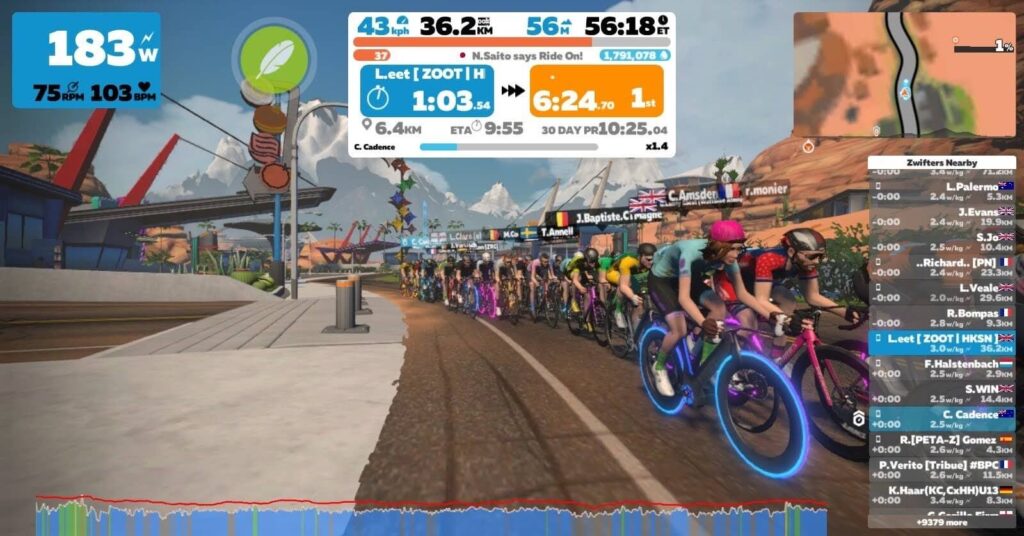
Zwift subscribers get to virtually cycle with other Zwift users across 190 countries.
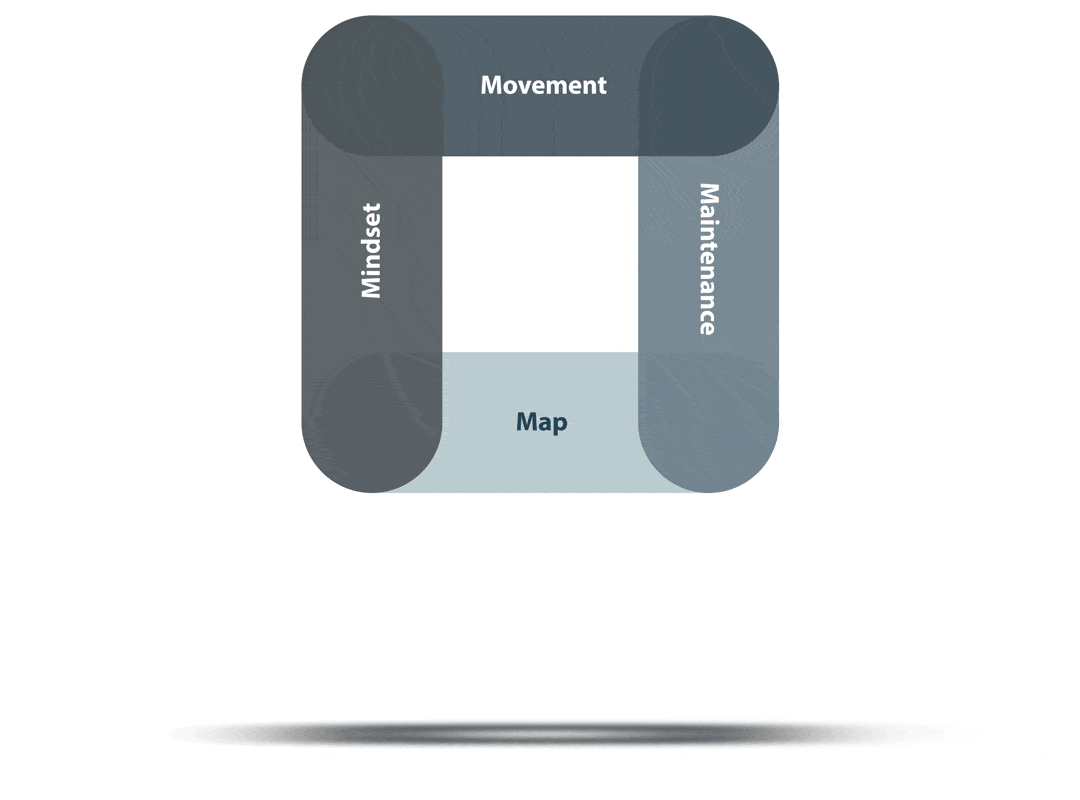
But what happens in a post Covid world, when gyms and leisure centres reopen, and we are free of social distancing measures and can return to the real world? Will these consumers simply turn these virtual worlds off? The simple answer is no. Even before the pandemic, connected healthcare brands were seeing a rise in popularity and engagement due to consumers spending more time at home, creating multipurpose living spaces, and taking control of their health and wellbeing. Covid has just fast tracked the inevitable.
To adapt, companies cannot just connect or digitise an existing service into an online platform, the experience and consumer journey is totally different. To fully embrace and adjust to a connected mentality, companies must have a systematic approach to understanding mindset, guiding movement, imparting expertise in maintenance & implementing a visionary map.
1. Mindset
This is the first and most critical hurdle and cannot be set too high or users will simply fail and either quit or try something else.
Brands need to offer effortless entry points to the market including easy access to services and support.
Users need to feel inspired into action with success stories from other relatable users – If they can do it, so can I.
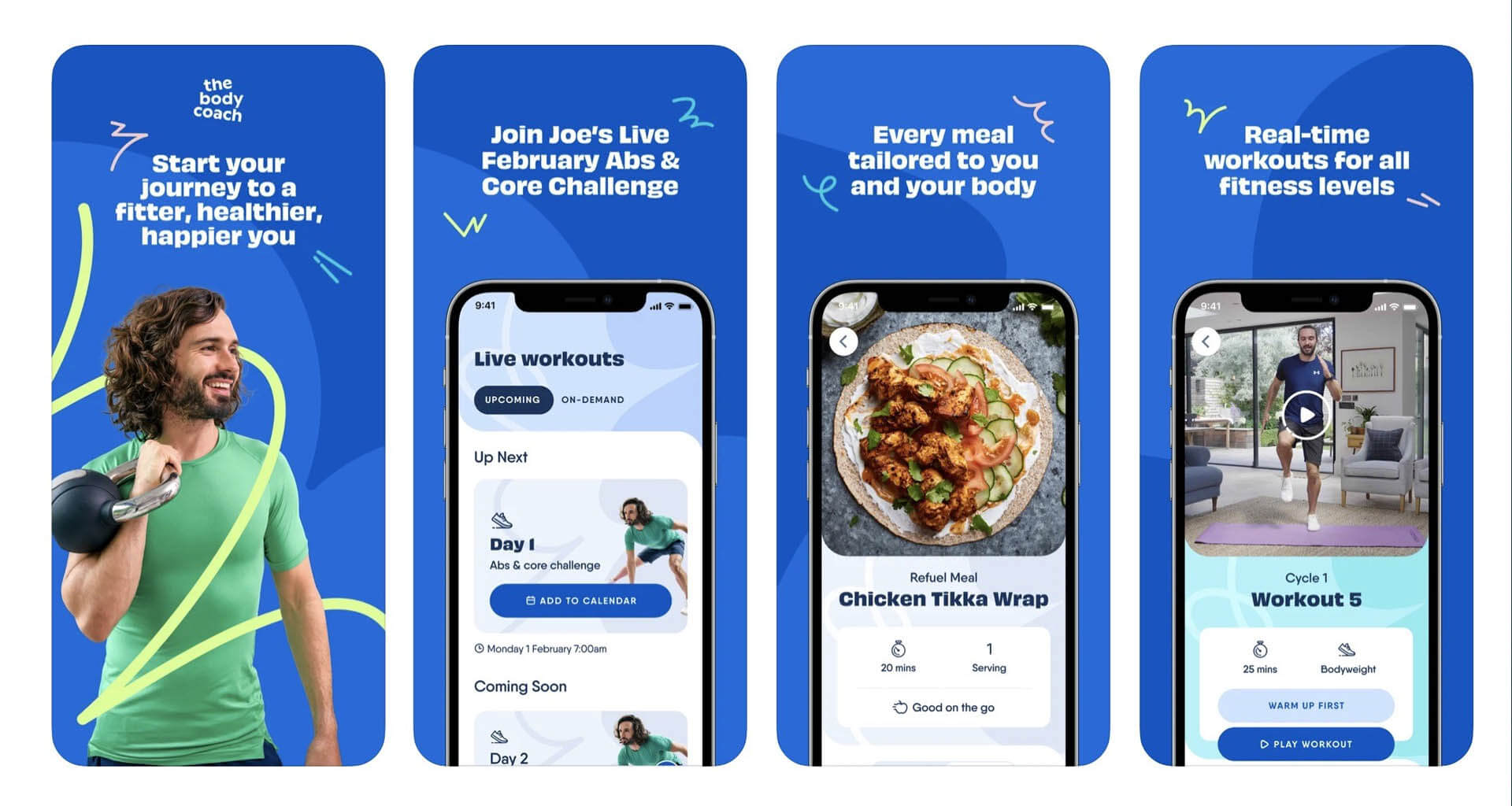
Joe Wicks, aka the body coach, inspired the nation to move during 2020 with his free, daily PE with Joe on YouTube.
There is no such thing as a quick fix and there are no short cuts in this market. Motivation needs to be kept in check with regular checkpoints. Realistic short-term goals will help the consumer stay focussed on their objective.
Even though the brand should be the expert in the relationship, by joining the user’s journey from the perspective of a teammate they become part of their support crew, social network, and virtual community.
2. Movement
Once the user has been inspired to move, services need to provide a range of activities with guidance for all abilities from beginners to high performers.
Investment in expensive equipment is often a barrier to the fitness market. High value equipment or hardware could be subsidised against longer term subscriptions as seen in other parallel markets. This will not only allow service trials but will also secure brand loyalty.
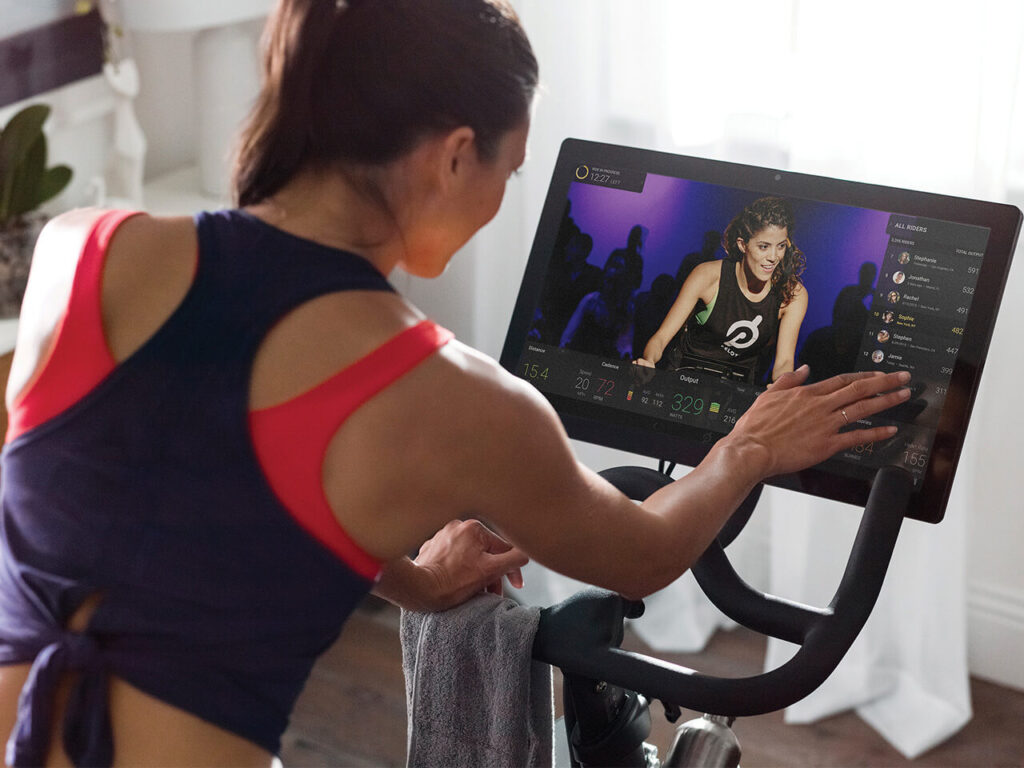
Peloton offers multiple entry points from body-based movement to offering their own hardware as part of a complete brand fitness experience.
Consumers with different levels of ability and experience should not be segregated, they should form part of the same support network spurring each other on.
Brands should not deviate from areas of expertise to ensure the service story remains believable and relatable.
Services and offers should evolve and become more challenging over time to ensure continued engagement and encouragement as they hit their fitness objectives and performance goals.
3. Maintain
This is where a brand needs to prove they have the endurance and staying power. They need to ensure their consumers are kept fit and healthy through simple and informed guidance on the bodies limitations to avoid injury.
No journey is perfect, and there will be multiple challenges along the way, but with a strong support network and expert coaching, unmotivated behaviour can be identified early and alleviated with positive affirmations and support.
Each journey is a personal discovery and brands should not see themselves as an exclusive part of this journey. Collaboration is critical and companies should not be afraid to share the space with complementary brands for mutual benefit.
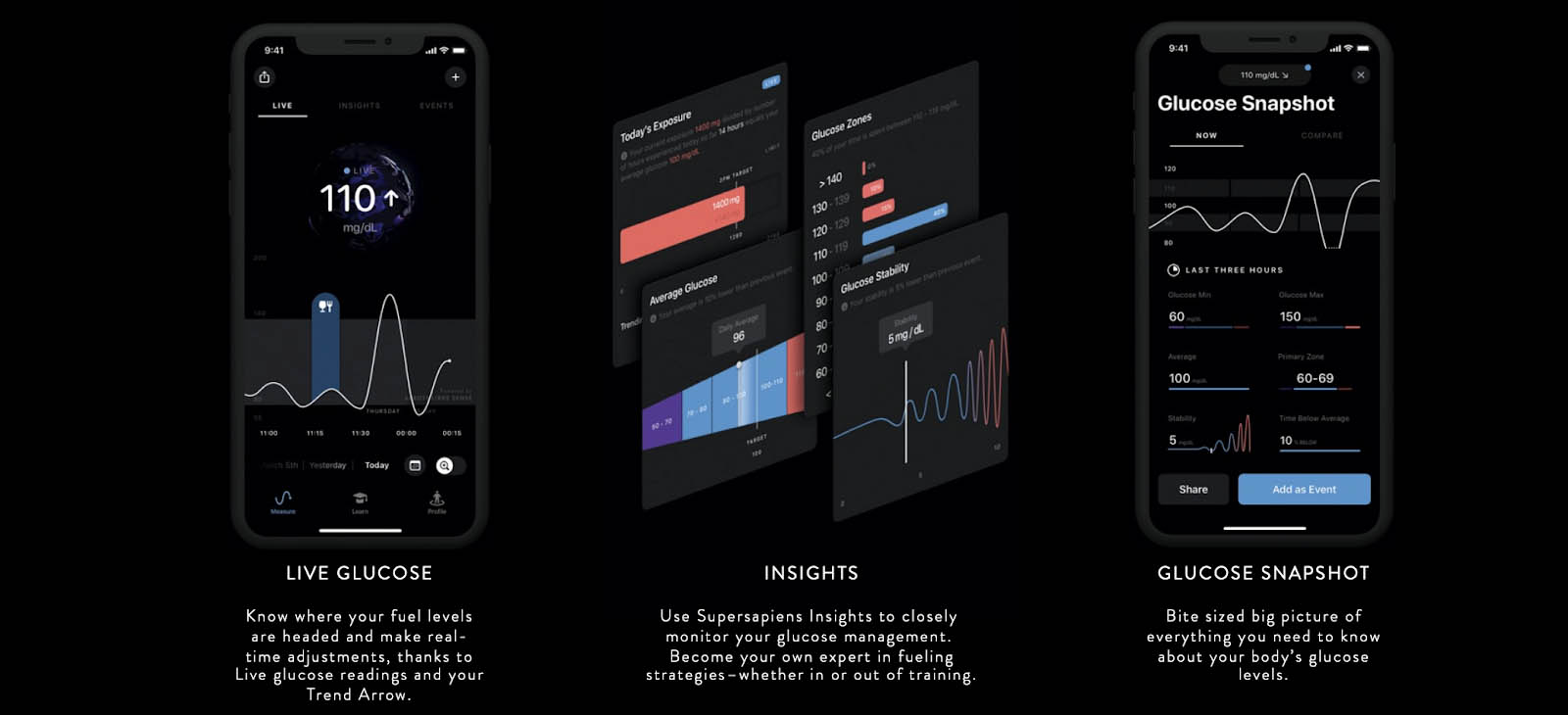
Supersapiens is a next generation glucose monitoring device and service to optimise bespoke fuel intake to maximise performance.

Any fitness program requires proactive and reactive solutions to keep the body moving. Brands must be prepared to, and be seen to, go above and beyond.
Consumers that enter the connected space are opening their journey to a wider audience, not just to join like-minded people, but there will also be a level of accountability, so to help maintain their commitment, it should be easy and simple to track and share progress.
Cross collaboration of platforms should be a priority to enable the user to share their successes and failures on multiple social media platforms.
Any fitness program requires proactive and reactive solutions to keep the body moving. Whether this is expert guidance on diet and nutrition, through to the best methods to improve form or technique. Brands must be prepared to, and be seen to, go above and beyond.
4. Map
Every successful journey must feature a destination or objective. Whether this is to lose weight, lower cholesterol or beat a 5K PB, without a goal or several achievable checkpoints, we are likely to burn out or lose our way.
This is not a linear journey and there will numerous barriers and diversions that brands will have to react and adapt to. There is no one size fits all and this is where having the correct strategies in place for the other pillars become critical to the path of success.
Each journey is a personal discovery and brands should not see themselves as an exclusive part of this journey. Collaboration is critical and companies should not be afraid to share the space with complementary brands for mutual benefit.
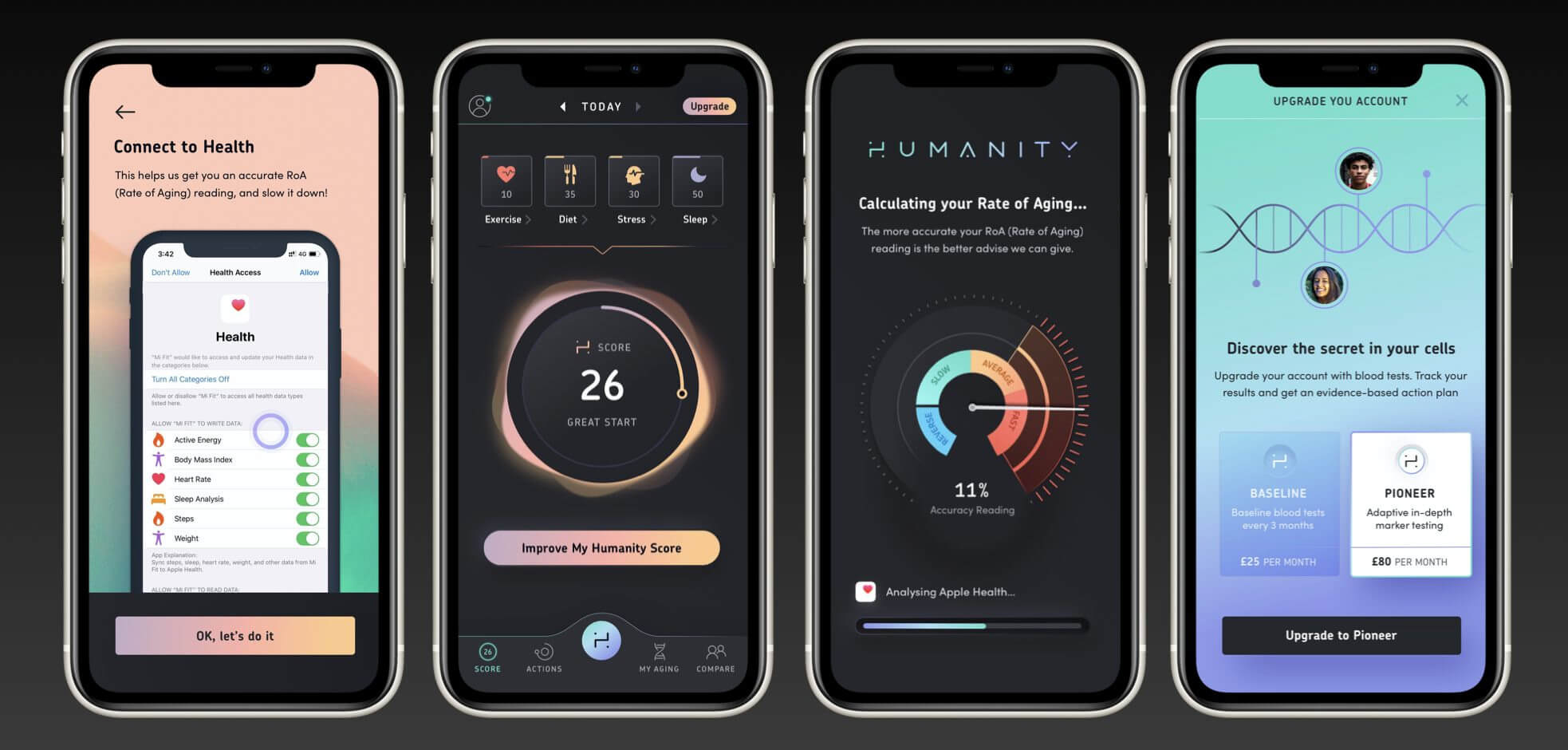
Humanity is a proactive health and wellbeing app which focusses on a holistic approach by tracking a number of variants and apply the insights to your rate of aging.
The goal is for a consumer to embrace their journey as a lifestyle choice and not just a hobby or another fad. Brands need to fill the void in between fitness activities with guidance on rest, recovery and produce engaging content with actionable advice.
Innovation must be prioritised by brands looking to endure in this category. Technology and people’s expectations are rapidly increasing in a space that is expanding beyond fitness fanatics. The casual user will also start looking at high end solutions to improve their chances of reaching their goals.
The future is not only connected, but it is also personalised. Services are becoming increasingly more bespoke to our individual needs with intelligent trackers and biosensors to help us understand how our bodies perform best. As the technology becomes more accessible, DNA based fitness is an emerging market which looks beyond smart wearables. Brands will have to consider this shift in their innovation pipelines and offer a more customised experience to satisfy tech savvy consumers looking to increase their likeliness of hitting their fitness goals.

The future is not only connected, but it is also personalised. Brands will have to consider this shift in their innovation pipelines and offer a more customised experience to satisfy tech savvy consumers looking to increase their likeliness of hitting their fitness goals.

The objective seems clear. Move, recover, and repeat; however, a brands biggest hurdle to conquering these objectives is motivation. Not theirs, ours.
Brands can target and manipulate the tipping point, but to inspire long term change, a brand must have a deeper understanding of our mindset. Without this core foundation, they cannot offer knowledge to guide movement or impart expertise to maintain our bodies, it is the brands with a balanced and adaptive approach to each phase and those with a clear strategic map that will help us achieve our goals and ultimately keep us connected with the products and services on offer to us.
Lee Twycross is a Senior Industrial Design Manager at Recipe Design.
With a meticulous eye for detail and a wealth of knowledge working across multidisciplined project teams, Lee brings extensive experience to brands looking to implement conceptual thinking into tangible, consumer focused product and packaging solutions.
Fully immersed in the connected fitness lifestyle, Lee offers a unique perspective as both a designer and endurance sports enthusiast. Currently training for and racing long course triathlons as part of team Zoot Europe, he can be found tracking his own journey at the pool, on his bike or out running, and documenting it all on his instagram page.

This article was first published in April 2021
Related
